 Canvas Literary Journal
Canvas Literary Journal Here's what their literary board has to say about the contest:
"From the publication of the Winter issue until the submission cutoff for the Spring issue, Canvas Literary Journal will be running a contest for humorous literature. Any kind of humor (wordplay, satire, just plain absurdity, etc.) and any medium (story, poem, play, etc.) will be accepted. Pieces awarded first place, second place, and any honorable mentions will be published in the Spring 2014 issue of Canvas."
Check the Canvas website for more information about entry details and contest prizes. Thank you to Canvas Literary Journal for the update.








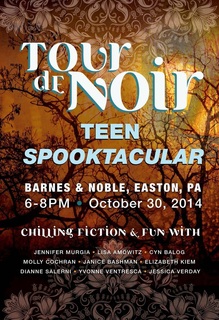

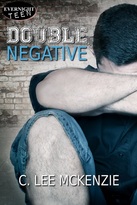
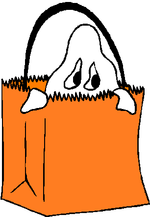



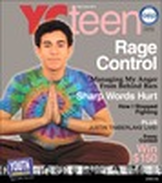


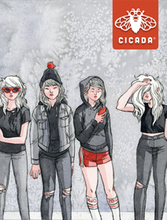


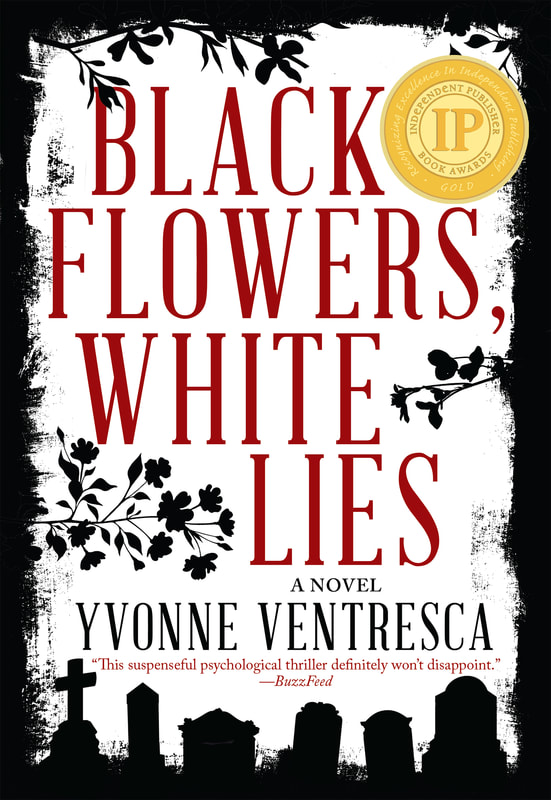
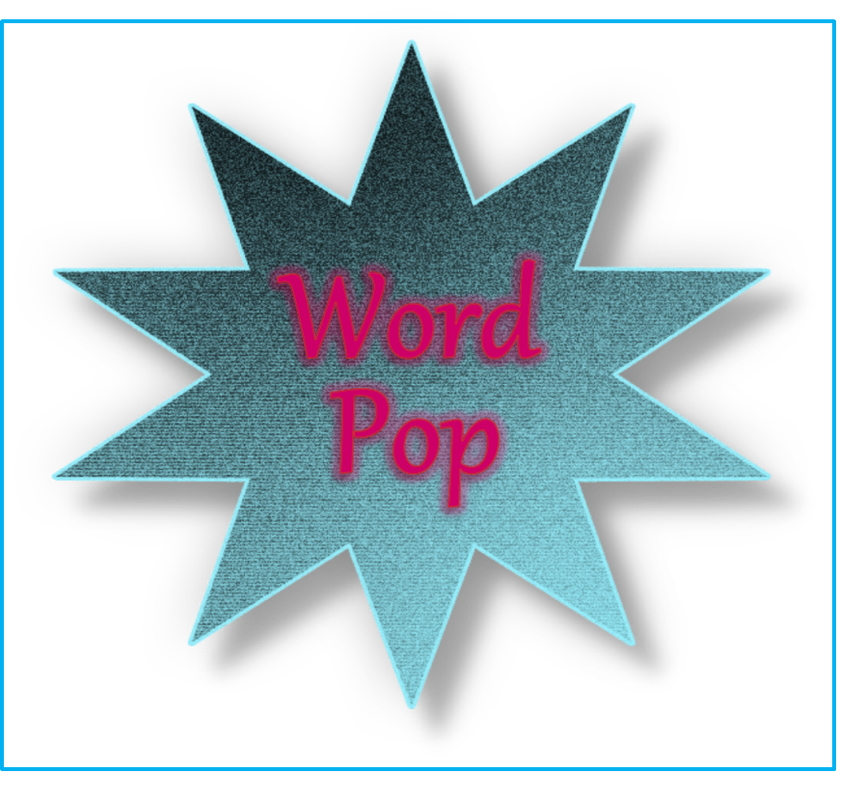
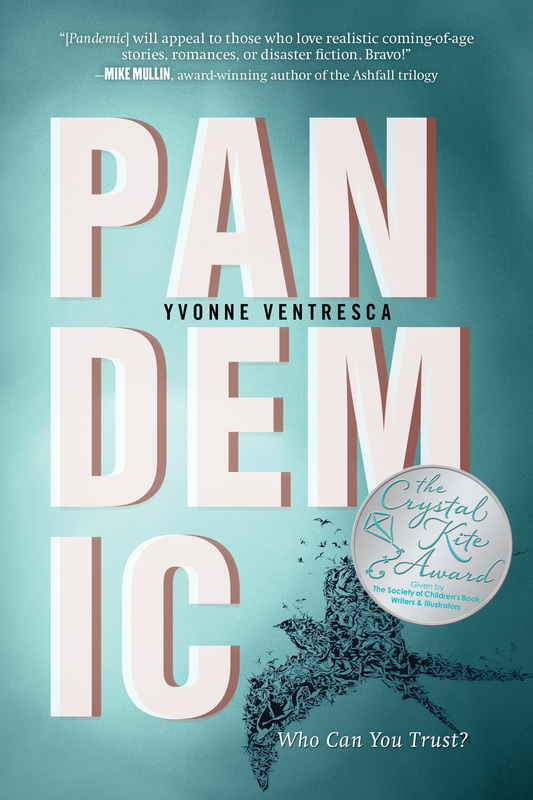
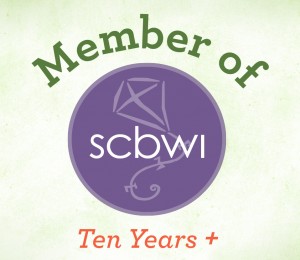


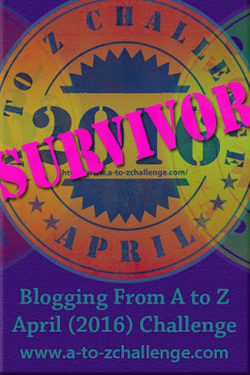
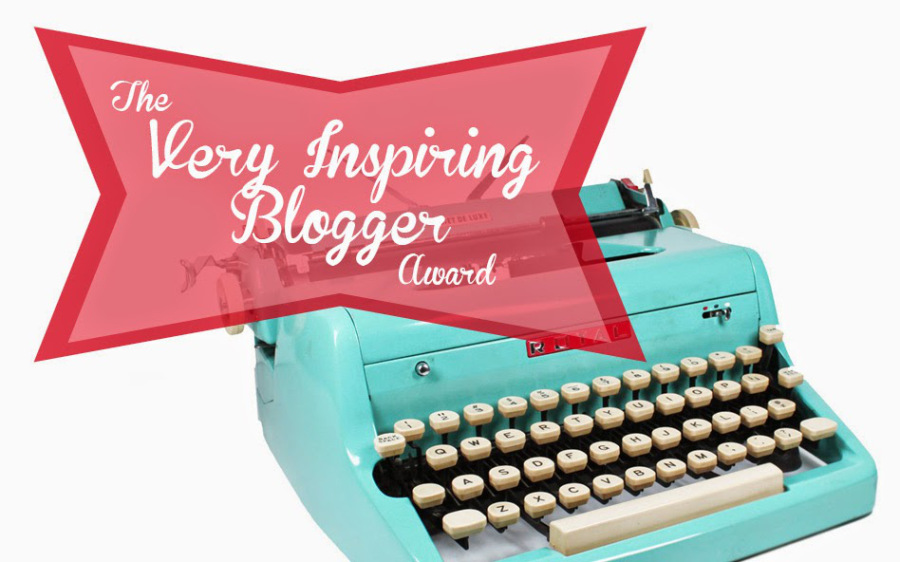
 RSS Feed
RSS Feed